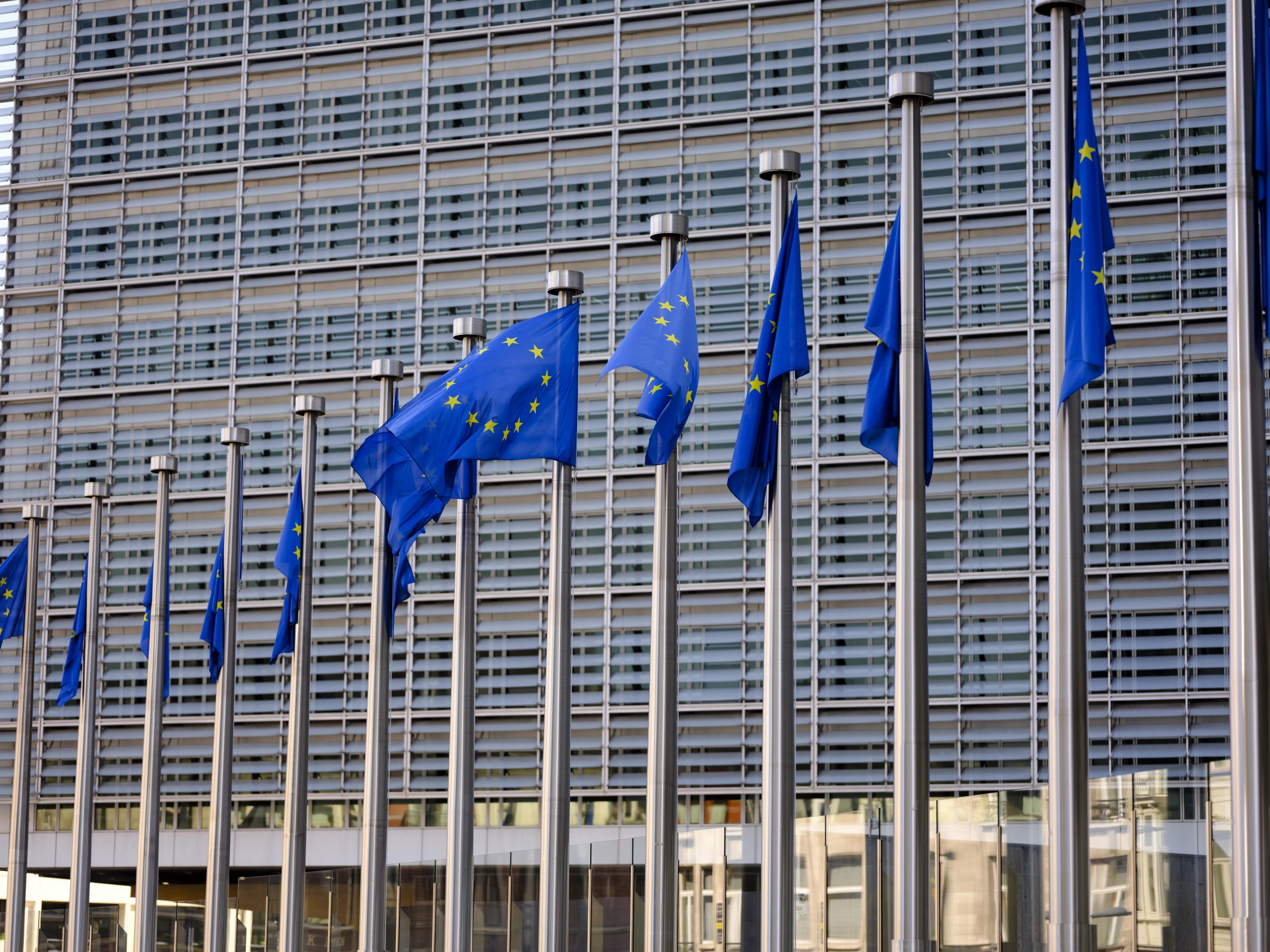This is the third and final blog on the European AI Act (AIA) and its possible implications for Higher Education Institutions (HEIs) exclusively written for Stankevicius. Blog one covered The European AI Act 2024: A Threat to International Academic Collaboration for Higher Education Institutions? Blog 2 focused on The EU AI Act: An Initial Cost Perspective for Global Higher Education Institutions. With this three part series, the author aims to highlight the critical aspects of AIA that HEIs need to analyze to ensure regulatory compliance for programs and research collaborations in the EU.
The AIA, which came into effect on August 1st, 2024, marks a watershed moment in the regulation of AI in an increasingly dynamic regulatory ecosystem. The Act’s implications are far-reaching, both for major American tech companies like Apple, Meta, and Google, which have been at the forefront of AI development and international HEIs. Collectively, institutions and companies now face the challenge of aligning their operations with the stringent and financially punitive requirements of the AIA. Compliance and regulatory interpretations will have significant repercussions on how AI technologies are developed and deployed across Europe. For example, Meta, the parent company of Facebook and Instagram, decided to halt its plans to deploy AI tools in Europe. This decision comes in response to a “request” from Ireland’s Data Protection Commission (DPC), as stated by the company in a blog post, June 2024.
We’re disappointed by the request from the Irish Data Protection Commission (DPC), our lead regulator, on behalf of the European DPAs, to delay training our large language models (LLMs) using public content shared by adults on Facebook and Instagram — particularly since we incorporated regulatory feedback and the European DPAs have been informed since March. This is a step backwards for European innovation, competition in AI development and further delays bringing the benefits of AI to people in Europe.
Building AI Technology for Europeans in a Transparent and Responsible Way
Stefano Fratta, Global Engagement Director, Meta Privacy Policy, June 10, 2024
Regulatory Obligations, Ex Ante & Liablity
According to Paola Talavera’s EU’s Digital Markets Act: An obstruction to AI innovation? “The Act additionally imposes preemptive, or ex ante, regulatory obligations that depart from traditional ex post antitrust liability, when authorities investigate and penalize companies after a violation has occurred.” [Authors note: “Ex ante” is a term derived from Latin, meaning “before the event.” In this context, it refers to an analysis or evaluation conducted prior to the occurrence of a specific event or outcome. This approach is used to anticipate and forecast potential consequences, behaviors, or outcomes based on existing information, theoretical models, or assumptions.] Although liability is not explicitly addressed in the AIA, non-compliance with EU regulations will result in legal action against an organization such as a university or college even if it is located outside the EU.
The proposed revisions to the Product Liability Directive and the new AI Liability Directive further clarify this responsibility including “reasonably foreseeable misuse.”
Additional risks that may impact safety are those stemming from the complexity of the products and systems, as various components, devices and products can be integrated and have influence on each other’s functioning (e.g., products part of a smart home ecosystem).
REPORT FROM THE COMMISSION TO THE EUROPEAN PARLIAMENT, THE COUNCIL AND THE EUROPEAN ECONOMIC AND SOCIAL COMMITTEE Report on the safety and liability implications of Artificial Intelligence, the Internet of Things and robotics
This complexity is already addressed by the Union safety legal framework referred to at the beginning of this section 48. In particular, when the producer carries out the risk assessment of the product, he must consider the intended use, foreseeable use and, where applicable, reasonably foreseeable misuse.
Implications for International HEIs operating in Europe
To explore the full text of the AIA, HEIs can use the AI Act Explorer and the Future of Life Institute’s Compliance Checker.
The HEI checklist:
- HEI Compliance with High-Risk AI Systems: HEIs must ensure that any AI systems used in their operations, such as those for admissions, evaluations, and student support, comply with the stringent requirements of the AIA. This includes implementing risk-mitigation systems, using high-quality data sets, providing clear user information, and ensuring human oversight.
- Data Privacy and Security: AIA, in conjunction with the GDPR, mandates strict data privacy and security measures. Institutions involved in dual degree programs must ensure that data shared across borders complies with these regulations. This includes implementing robust data protection measures and ensuring that data transfers are secure.
- Transparency and Accountability: Institutions must provide clear information about the use of AI systems to students and staff. This includes informing them when they are interacting with AI and ensuring that there is human oversight of these systems. Transparency is crucial to maintaining trust and accountability in the use of AI.
- Ethical Considerations: AIA emphasizes the ethical use of AI. HEIs must incorporate ethical AI practices into their curricula and research activities. This may include teaching faculty and students about the ethical implications of AI and ensuring that research projects adhere to ethical guidelines.
- Operational Challenges: Implementing AIA requirements may pose operational challenges, especially for non-EU institutions, which will need to adapt their policies and practices to comply with the Act, possibly requiring significant administrative and financial resources and operative adjustments.
2026: A Speculative Cyberpunk Scenario
The year is 2026 and the Haephestus Institute of Technology, once a beacon of innovation nestled in the heart of Europe, found itself caught in the throes of an unprecedented crisis. AIA, a legislative juggernaut intended to safeguard ethical AI practices, had inadvertently cast a dystopian shadow over European higher education. What was meant to regulate and ensure the responsible use of artificial intelligence instead created a wave of uncertainty and isolationism, leaving institutions like Haephestus scrambling to navigate the treacherous and expensive waters of compliance.
AIAs sweeping regulations were both comprehensive and draconian, categorizing a vast array of advanced technologies as high-risk. Predictive analytics, student management systems, and AI-driven research tools – all cornerstones of Fourth Industrial Revolution education – fell under the AIAs oversight. The legislation was ambiguous in its demands while providing little in the way of practical guidance for institutions. This vagueness left universities in a perilous state of flux, paralyzed by the fear of severe financial penalties and the uncertainty of how to implement and conform to the new rules.
For the Haephestus Institute, as for many of its European counterparts, the implications were immediate and profound. The Institute had long prided itself on its international partnerships, particularly with partner universities in the US, Australia and the Middle East. These collaborations fostered a rich exchange of ideas, facilitated dual-degree programs, and enabled transdisciplinary research across cultures, knowledge domains, and continents. However, as AIAs restrictions tightened their grip, valued partnerships began to unravel one by one. Universities outside the Schengen zone, wary of the potential fallout from AIA, started to shift their alliances away from their European partners.
The exodus was swift and devastating. International students, who had once flocked to Europe’s institutions for their vibrant research environments, now enrolled elsewhere. Dual-degree programs, a hallmark of institutions like Haephestus, began to dissolve as non EU universities severed ties, unwilling to risk the uncertainties and increasing cost of compliance. Smaller European institutions were the first to crumble under the weight of these new demands. Lacking the financial resources and administrative muscle to navigate the complex regulatory landscape, they watched helplessly as their international partners retreated. Research projects that had once thrived on global collaboration stalled, and the once-bustling campuses and towns grew eerily quiet as international students and faculty departed in search of more welcoming environments.The vibrant kaleidoscope of global academic collaboration that had once enriched European education was rapidly fraying, leaving institutions isolated and struggling to maintain their relevance on the world stage.The financial implications were dire. With reduced funding, fewer research grants, and shrinking enrollment by international students, universities across Europe faced silent hallways and empty classrooms. Haephestus Institute, once a hub of innovation, now stood at the precipice of obsolescence.
In this speculative scenario written by the author, AIA’s implications extend beyond mere compliance issues. They touch on the core of academic collaboration and innovation, raising questions about how HEIs can navigate the depth and breath of poorly defined regulatory challenges while maintaining the integrity and effectiveness of their idiosyncratic institutional systems. Additionally, this scenario illustrates the potential for the AIA to influence, interrupt, and inevitably reshape the global landscape of higher education.
Recommended Further Readings:
- Annex IV: Technical Documentation
- https://artificialintelligenceact.eu/annex/4/
- Institutional Context | EU Artificial Intelligence Act
- EU publishes its AI Act: Key steps for organizations.
- The European Union Artificial Intelligence Act690706)
- How to teach responsible AI in Higher Education: challenges and …
This article has been produced by Dr. Jasmin (Bey) Cowin, Associate Professor and U.S. Department of State English Language Specialist (2024). As a Columnist for Stankevicius, she writes on Nicomachean Ethics – Insights at the Intersection of AI and Education. Get in touch via LinkedIn.

















Comments are closed.